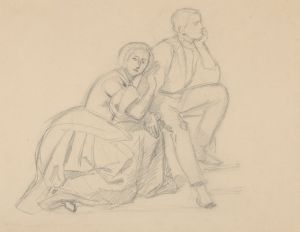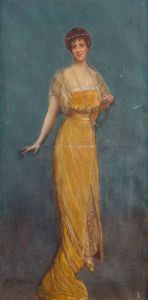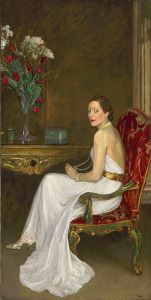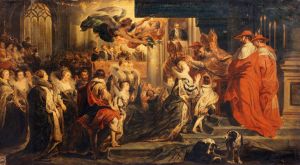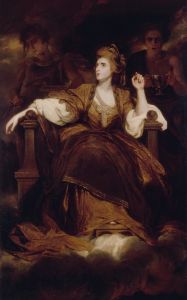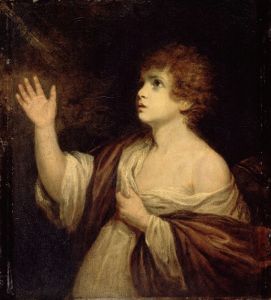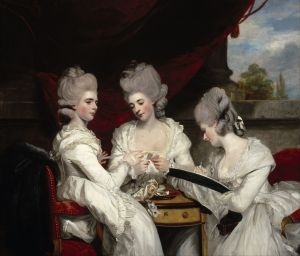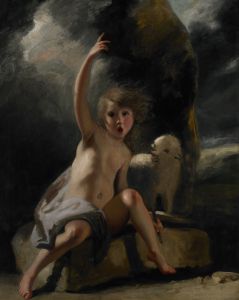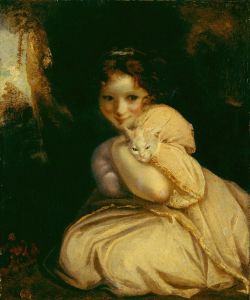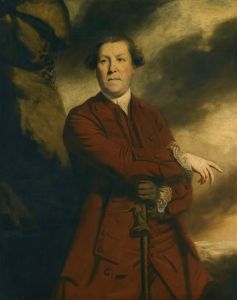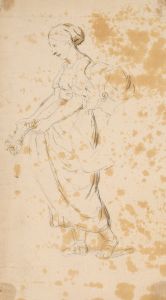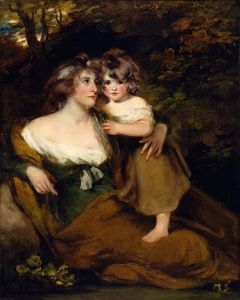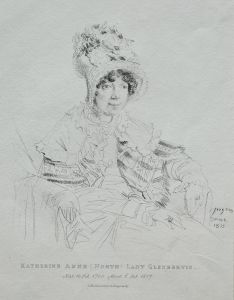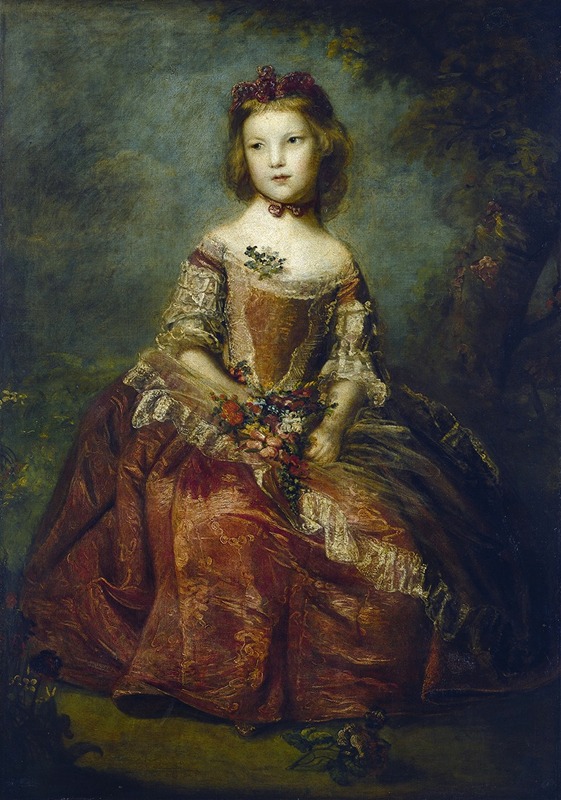
Lady Elizabeth Hamilton
A hand-painted replica of Sir Joshua Reynolds’s masterpiece Lady Elizabeth Hamilton, meticulously crafted by professional artists to capture the true essence of the original. Each piece is created with museum-quality canvas and rare mineral pigments, carefully painted by experienced artists with delicate brushstrokes and rich, layered colors to perfectly recreate the texture of the original artwork. Unlike machine-printed reproductions, this hand-painted version brings the painting to life, infused with the artist’s emotions and skill in every stroke. Whether for personal collection or home decoration, it instantly elevates the artistic atmosphere of any space.
"Lady Elizabeth Hamilton" is a portrait painted by Sir Joshua Reynolds, one of the most prominent and influential portrait painters of 18th-century Britain. Reynolds, who served as the first president of the Royal Academy of Arts, was renowned for his ability to capture the elegance and character of his sitters, often portraying members of the British aristocracy and intellectual elite.
The subject of this painting, Lady Elizabeth Hamilton, was a member of the British nobility. She was the daughter of James Douglas-Hamilton, 6th Duke of Hamilton, and Elizabeth Gunning, Duchess of Hamilton. Elizabeth Gunning was a celebrated beauty of her time, and her daughters, including Lady Elizabeth, inherited her striking looks and social prominence. Lady Elizabeth Hamilton later became the wife of Edward Smith-Stanley, 12th Earl of Derby, further cementing her position within the upper echelons of British society.
The portrait exemplifies Reynolds' signature style, which combined elements of the Grand Manner—a style that emphasized idealized beauty, classical references, and a sense of dignity—with a naturalistic approach to the sitter's features and personality. In this work, Reynolds likely sought to highlight Lady Elizabeth's grace and refinement, qualities that were highly valued in 18th-century aristocratic portraiture.
Reynolds often employed symbolic elements in his portraits to convey the virtues or status of his subjects. While specific details about the composition of "Lady Elizabeth Hamilton" are not widely documented, it is consistent with Reynolds' practice to include subtle references to classical art, literature, or nature in his works. These elements would have been understood by contemporary viewers as markers of the sitter's education, taste, and moral character.
The painting is an example of Reynolds' mastery of color and texture, particularly in his rendering of fabrics, skin tones, and the interplay of light and shadow. His use of rich, warm tones and soft brushwork creates a sense of intimacy and immediacy, drawing the viewer into the world of the sitter.
Today, "Lady Elizabeth Hamilton" is recognized as an important work within Reynolds' oeuvre and serves as a testament to his skill as a portraitist and his role in shaping the visual culture of Georgian England. The painting is held in a private collection or museum, though its exact location and provenance may vary depending on current ownership or exhibition arrangements.






